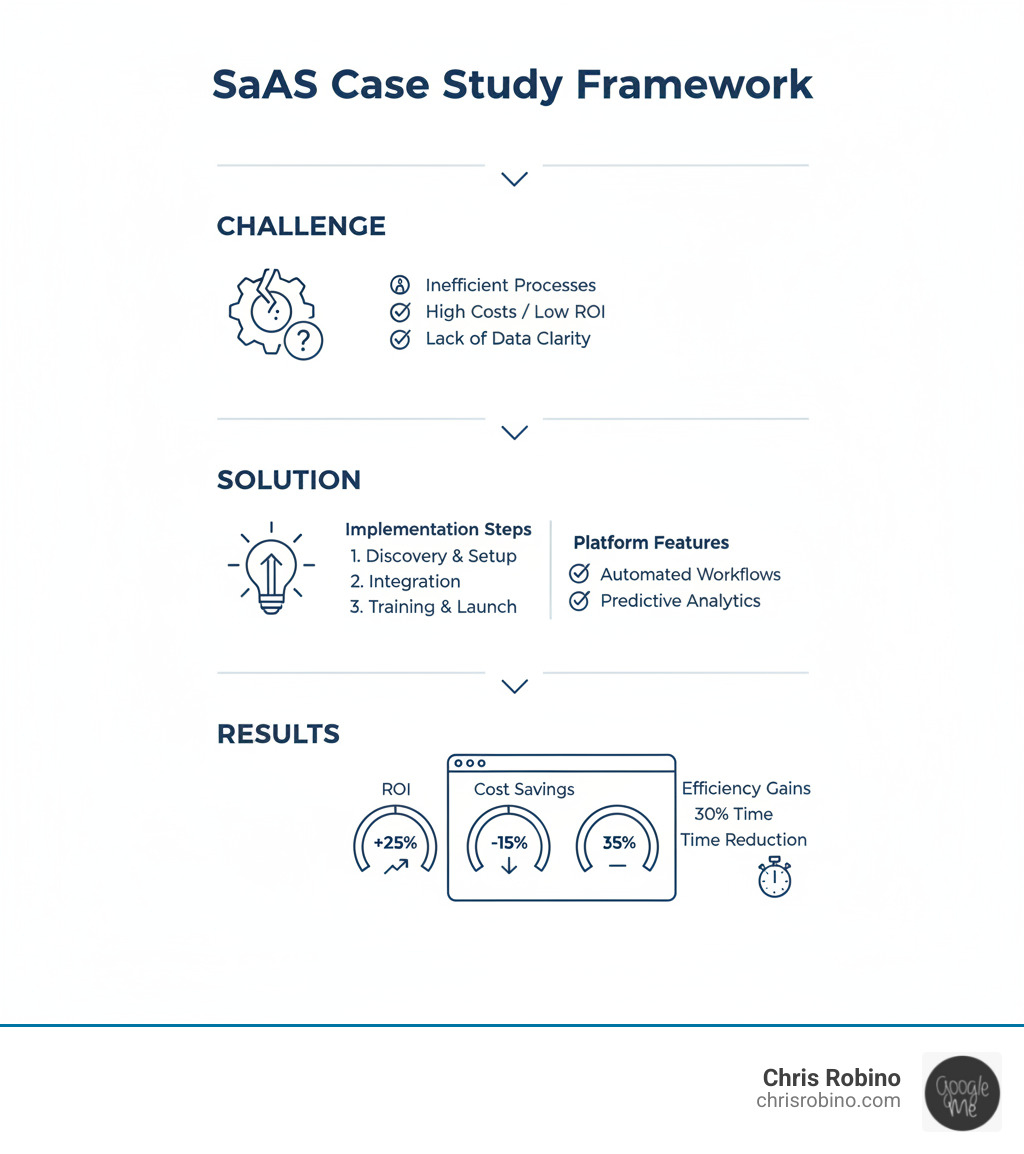Enterprise SEO Strategies That Actually Scale
Enterprise SEO is different from startup SEO. Large companies operate complex sites with millions of URLs, multiple business units, legacy tech, international footprints, heavy compliance, and many stakeholders. Winning in organic search at this scale requires more than isolated tactics—it demands an operating model, durable technical foundations, disciplined content systems, and a measurement framework tied to business outcomes.
This guide distills the enterprise SEO strategies that consistently perform for large organizations:
- Build an SEO operating model that aligns teams, budgets, and roadmaps
- Establish technical SEO at scale: crawl efficiency, indexation, performance, and structured data
- Systematize content operations for velocity, quality, and relevance across the funnel
- Govern international and local SEO with repeatable playbooks
- Grow authority with brand-led link acquisition and reputation signals
- Implement measurement, experimentation, and forecasting that connect to revenue
- Bake SEO into product, design, and engineering workflows to prevent regressions and accelerate impact
The payoff is compounding: improved discoverability, lower acquisition costs, stronger brand trust, and durable growth that outlives paid spend. The key is to swap ad-hoc fixes for scalable systems.

The Blueprint for Enterprise-Grade SEO That Scales
Enterprise SEO succeeds when it is treated as an operating system, not a one-off project. Below is a practical blueprint you can adapt to your organization.
1) Set the Operating Model
- Executive sponsorship: Secure a senior owner accountable for outcomes, budgets, and cross-functional alignment.
- Cross-functional squad: SEO lead, product manager, technical SEO engineer, analyst, content lead, design, and regional/local stakeholders.
- RACI and workflows: Define who proposes, approves, executes, and QA’s changes. Build intake and prioritization processes tied to impact.
- Shared OKRs: Align on north-star metrics (non-brand organic revenue/leads, incremental clicks, share of voice) and supporting leading indicators (index coverage, Core Web Vitals pass rates, internal link coverage).
- Roadmap + backlog: Plan quarterly initiatives with capacity reserved for tech debt, hygiene, and experimentation.

2) Technical SEO at Scale
-
Crawl budget and index efficiency
- Eliminate crawl traps (endless calendars, faceted permutations, session parameters).
- Use robots controls deliberately (robots.txt for non-essential paths, meta robots for page-level directives).
- Canonicalization that reflects the preferred URL at scale; avoid self-contradictory canonicals.
- Maintain clean, segmented XML sitemaps that reflect only indexable pages and update as content changes.
- Analyze server logs to see actual bot behavior and prioritize fixes by real crawl waste.
-
Architecture and internal linking
- Organize content into intent-based hubs and spokes (product, use case, industry, resource, support).
- Standardize breadcrumbs and table-of-contents modules; implement contextual linking patterns to distribute equity.
- Use pagination and filters carefully; prefer static, crawlable paths for key facets and noindex/nofollow for non-valuable permutations.
-
Rendering and performance
- Ensure primary content is server-rendered or quickly hydrated; avoid burying key content behind deferred scripts.
- Set performance budgets and monitor Core Web Vitals across templates and regions. Official documentation on Core Web Vitals provides essential guidance on these metrics.
- Optimize media (responsive images, modern formats, compression) and third-party script loading.
-
Structured data
- Implement schema across templates (Organization, Product, Article, FAQ, HowTo, Video, Review, Breadcrumb, LocalBusiness). Validate and monitor errors at scale.
-
Security and staging
- Enforce HTTPS and correct redirects. Keep staging/test environments noindexed and access-controlled.
3) Content Strategy Built for Velocity and Quality
-
Map search intent across the funnel
- Segment by informational, commercial, transactional, and post-purchase intents. Align content types to each.
- Build topic clusters that mirror how customers research: problems, comparisons, solutions, implementation, outcomes.
-
Industrialize production
- Create modular templates (product pages, solution pages, industry pages, learning center articles, documentation, FAQs) that encode SEO best practices by default.
- Enable subject-matter experts with briefs, outlines, and review workflows. Centralize editorial guidelines for tone, compliance, and claims.
- Institute a refresh cadence for priority pages based on decay and competitive movement.
-
Programmatic and generative content (with guardrails)
- Use data-driven templates for scalable pages (e.g., locations, specs, compatibility) while enforcing uniqueness and usefulness.
- Employ AI for ideation, briefs, and meta at scale—but require human QA, source-backed claims, and plagiarism checks.
- Avoid thin or duplicative variations that create index bloat.
4) International and Localization
-
Strategy and targeting
- Select markets based on demand, unit economics, and operational readiness. Decide ccTLD vs subdomain vs subfolder with a bias toward consolidated authority.
-
Hreflang and URL governance
- Maintain a single source of truth mapping languages/regions to canonical URLs. Automate hreflang generation and validation.
- Standardize localization of slugs, metadata, and on-page elements; avoid machine translations without editorial review.
-
In-market signals
- Localize pricing, units, testimonials, and regulatory information. Pursue local links and coverage to reinforce relevance.
5) SERP Features, Entities, and Trust
-
Own high-visibility placements
- Target rich results with structured data. Optimize for People Also Ask, images, and video where relevant.
- Use clear, compelling titles and meta descriptions to lift CTR; test at scale.
-
Strengthen entity signals and E-E-A-T
- Consolidate brand information (about pages, leadership, addresses) and markup Organization details.
- Showcase author expertise with bios, credentials, and bylines. Cite reputable sources and maintain transparent editorial policies.

6) Authority Growth and Link Acquisition
-
Leverage brand strengths
- Publish original research, data studies, and thought leadership that earn natural coverage.
- Reclaim unlinked brand mentions and fix broken inbound links at scale.
- Activate partner and supplier ecosystems for legitimate links (directories, case lists, implementation partners).
-
Digital PR and content syndication
- Plan campaigns around newsworthy angles tied to your data and expertise.
- Provide media kits and brand assets to encourage proper attribution.
7) Ecommerce and Marketplace Considerations (If Applicable)
-
Product detail pages
- Rich content, unique value, structured data for price/availability/reviews, and helpful comparison tables.
-
Variants and faceted navigation
- Consolidate variants when appropriate; manage canonicalization for color/size to avoid duplication.
- Noindex non-valuable filter combinations; allow crawling of high-demand facets with static paths.
-
Inventory and lifecycle
- Keep out-of-stock pages live with messaging, alternatives, and back-in-stock alerts; avoid mass 404s that waste equity.
-
Reviews and UGC
- Encourage authentic reviews; moderate for quality and compliance. Mark up with the appropriate schema.
8) Local SEO for Multi-Location Brands
-
Location data
- Centralize NAP data, categories, and attributes. Keep hours, services, and photos current.
-
Store pages
- Create unique, useful local landing pages with localized content, embedded maps, and LocalBusiness markup.
-
Citations and local links
- Maintain accurate listings across key platforms. Build community links via local partnerships, events, and sponsorships.
9) Measurement, Experimentation, and Forecasting
-
KPI framework
- Business: incremental non-brand revenue/leads, assisted conversions, customer acquisition cost impact.
- SEO: non-brand clicks, share of voice, rank distribution by intent cluster, index coverage, CWV pass rates.
-
Data and reporting
- Pipeline raw data into a warehouse. Build standardized dashboards for executives and practitioners.
- Set anomaly detection for traffic, rankings, and indexation issues; alert the right owners.
-
Experimentation
- Run controlled SEO tests (template-level title/meta/internal linking changes) with holdout groups where possible.
- Annotate major site changes and algorithm updates; use pre/post analysis and seasonality controls.
-
Forecasting
- Model scenarios based on opportunity size (addressable queries), expected CTR improvements, and conversion rates. Tie roadmap items to forecasted impact.

10) Governance, SDLC Integration, and Change Management
-
Embed SEO in delivery
- Add SEO checks to design and code review. Ship components (headers, footers, breadcrumbs, schema blocks) with SEO defaults baked in.
- Maintain pre-release QA (crawlability, metadata, structured data, links) and post-release monitoring.
-
Documentation and enablement
- Publish playbooks for product, content, legal, and regional teams. Train regularly and share scorecards.
Example 1: Cut Crawl Waste, Lift Index Quality
A large site with millions of dynamic URLs suffered crawl inefficiency and poor index coverage. By consolidating parameters, tightening robots controls, cleaning XML sitemaps, and adding consistent canonicals, the team cut crawl waste dramatically. Internal linking modules were deployed to priority hubs, and log analysis guided further pruning.
Results: Faster findy of new content, healthier index-to-sitemap ratios, and a sustained lift in non-brand clicks to strategic categories without additional content spend.

Key takeaway: Technical governance and crawl efficiency often open up the fastest enterprise gains.
Example 2: Scale Template Improvements, Grow Revenue
A global brand standardized titles, meta descriptions, and on-page modules across core templates (product, solution, and comparison). They rolled out structured data, improved CWV, and launched a testing program to iterate on titles and internal link blocks.
Results: Double-digit CTR improvements on key templates, broader rich result coverage, and a significant increase in organic-assisted revenue across multiple regions.

Key takeaway: Template-level improvements compound at scale; small CTR gains across thousands of pages drive major outcomes.
Example 3: Reduce Support Load with Findable Help Content
An enterprise restructured its help center by task-based intent, added step-by-step articles and videos, and optimized for rich results (FAQ/HowTo). They improved internal linking from product areas to relevant help content and translated high-volume articles for priority markets.
Results: Higher visibility for support content, reduced ticket volume for known issues, improved customer satisfaction, and stronger brand trust signals.

Key takeaway: SEO that improves self-serve experiences drives both growth and cost savings.
Conclusion: Make SEO a Company Capability, Not a Channel Tactic
For large companies, SEO wins are rarely about one trick. They come from building a durable capability: an operating model, technical foundations, content systems, authority growth, and governance that ship improvements continuously. When SEO lives inside product, design, and engineering workflows—and when measurement connects work to revenue—the channel becomes a compounding growth engine.
Start with the operating model and technical health, then industrialize content, expand internationally with governance, and layer on experimentation and PR-driven authority. Keep the focus on user value, index efficiency, and measurable business impact. That’s how enterprise SEO scales—and keeps paying dividends long after campaigns end.
